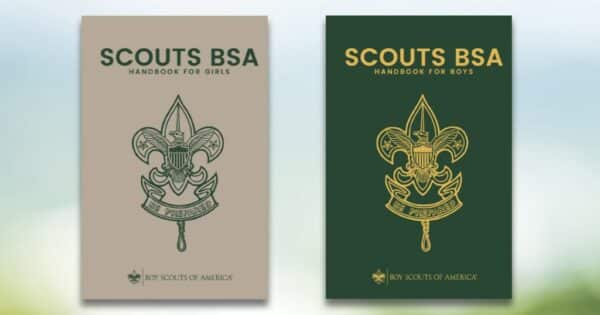Have you completed your Troop Annual Plan yet?
We plan so we can deliver a high quality program to every Scout and his or her family. Setting an annual program plan, complete with a weekly calendar, provides direction for the troop and helps meet the goals Scouting. It also makes the best use of volunteer time, which makes it easier to recruit more parents as volunteers in the future.

Below are key steps and tools for use in Troop Program Planning. Don’t forget about your best resource, your UNIT COMMISSIONER. He or she will be meeting with the Troop before the end of August to check in on your Program and Budget Planning
WHO CREATES THE PLAN?
First and foremost, the Scouts should be creating the plan. Boy Scouts is youth-lead, with leaders available for guidance and resources.
WHEN IS THE PLAN CREATED?
You can create the plan anytime, but the general rule of thumb is to create one over the summer at an Annual Planning Meeting.
WHO SHOULD RECEIVE THE PLAN?
Every Scout and every family in the program should get a copy of the new plan. It’s up to the leadership (both youth and adults) to communicate it, which is why a communication plan is also crucial.
WHEN SHOULD SCOUTS AND FAMILIES RECEIVE THE PLAN?
New Scouts and their families should receive a copy soon as they join, whether crossing over from a pack or joining new. All other Scouts and families should receive it at the first September meeting. Remember, the plan should be created by the youth.
Before the Annual Planning Meeting
GATHER THE INFORMATION
Collect dates for the upcoming year (holidays, school events, district activities, leader trainings, and
community activities) and put into a master calendar to be reviewed and discussed at the meeting.
Resource: Lake Minnetonka’s District and Council Calendar
During the Meeting
EVALUATE LAST YEAR
Review what the Troop did last year, month-by-month. Do you want to do those activities again? What events went well? Did we plan for the following:
- Weekend campouts and activities (at least monthly is recommended)
- Courts of Honor (four per year)
- Snow Base or North Wind Winter Camp (January, February, or March)
- Webelos Crossover Ceremony (coordinated with pack or packs)
- Friends of Scouting Presentation (in November, December, or January)
- High Adventure Trips
- Weekly Troop Meetings
- Monthly Patrol Leader Councils
- Monthly Committee Meetings
- Monthly District Roundtable (leader workshop including training and program updates)
- District Events, including Camporee and Merit Badge Saturdays
PRIORITIZE & CALENDAR ACTIVITIES
- Analyze how many new activities and meetings are needed. Decide what activities and meetings the unit is going to repeat. For most units, summer camp is always a fixed week and place. The other monthly campouts are not so ridged but the dates may be fixed (e.g. second weekend of the month).
- Populate your calendar with council and district activities that your unit will be participating in this year, if any.
- Look for new places to go or activities! How can the unit improve the program? b) Assign responsibility to both Scouts and Scouters. Who is going to do what?
- Allow for Scouts to make mistakes, but do not allow the unit to fail.
Resource: Questionnaire and Checklist for Program Planning
FUND YOUR PROGRAM
Set a budget based on the activities planned, number of boys who are likely to advance, and the number of youth and adult members in the pack. Determine your approximate yearly expenses and plan enough fund- raising activities to cover these expenses, including
- MEMBERSHIP FEES: All youth and adults pay $24 per year to register as members of the Boy Scouts of America. Your pack, troop, or crew should remember to budget for these, and pay one check to Northern Star Council to cover all these fees at recharter time.
- FUNDRAISING: We recommend having a goal of how much you need to raise based on your budget. Popcorn is the official fundraiser of Northern Star Council. Every pack, troop, or crew should have at least one fundraiser but also be careful not to spend too much of the year fundraising.
- CAMPING FEES: Attending camp is the highlight of the year for most Scouts. Camp fees range from $10 to $200, depending on the age level and the camp. It’s important to budget for this great experience.
- SPECIAL ACTIVITIES AND EVENTS: Summer Camp, Courts of Honor, and High Adventure trips are just some of the special activities you might want to do. Scouts and families anticipate these events so determine in the budget whether they’re covered entirely by the annual budget or if special participatory fees are necessary.
Resource: Troop Budget Template
Resource: Unit Budget Guidelines
Resource: Questionnaire and Checklist for Budgeting

